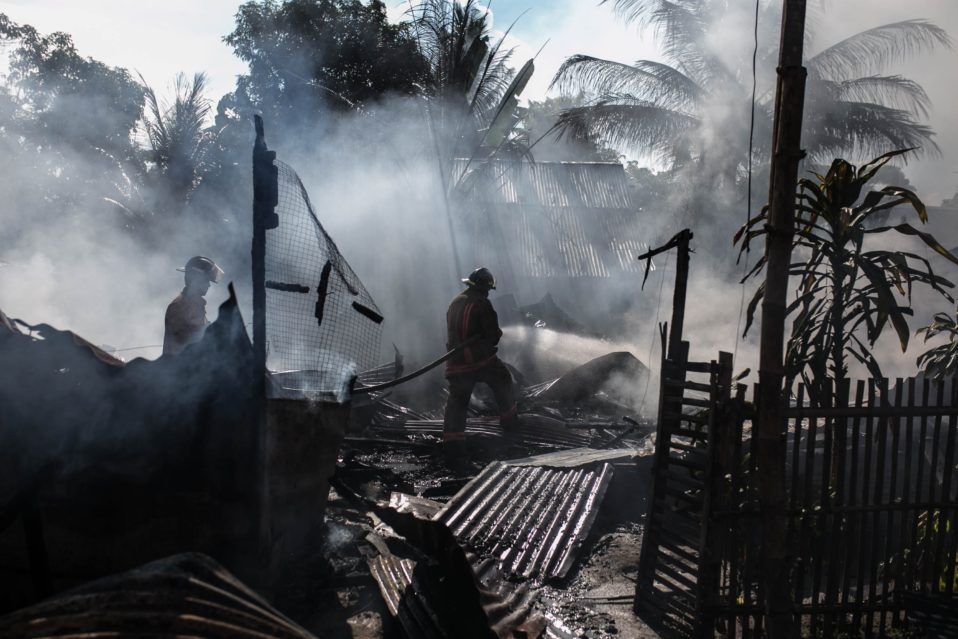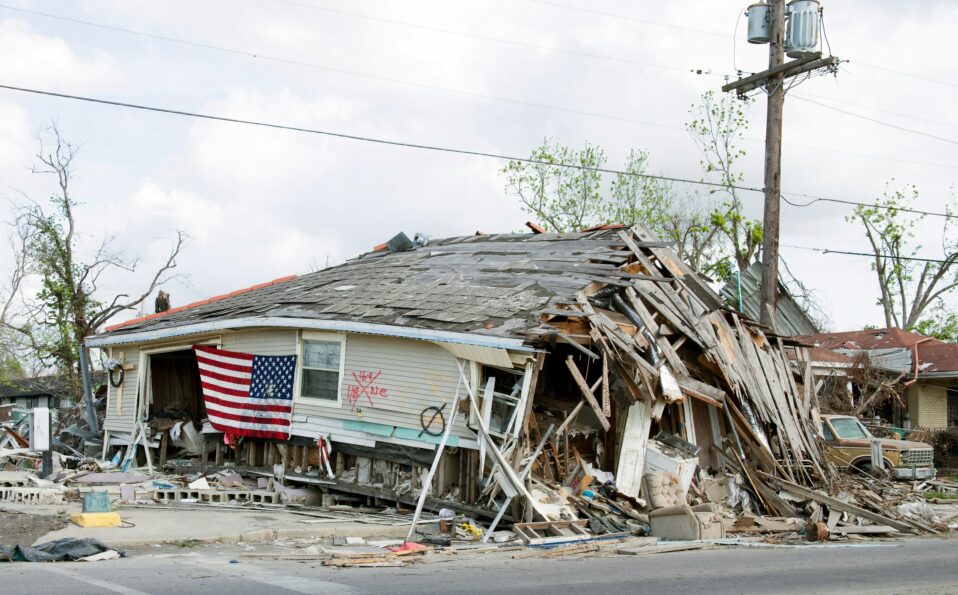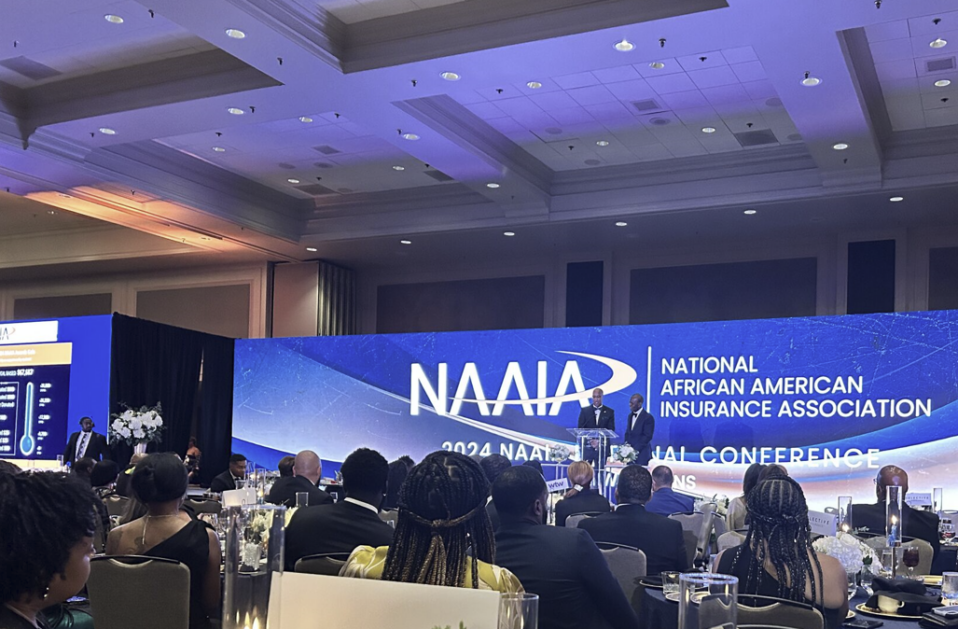Natural disasters are always going to happen, they are part of nature. The goal is thus to prepare communities, building their capacity to face and recover from natural disasters. Doing this is what is called building resilience, and a big part of that is increasing the communities’ preparedness for natural disasters.
The Federal Emergency Management Agency (FEMA) is responsible for building first responders’ and citizen’s capability to better respond to, mitigate, prepare, recover from, and protect against disasters. Unfortunately, not all communities are affected the same.
Underserved communities are affected in a disproportionate manner by natural disasters; the inequalities they already suffer from are exacerbated by these events, which further augment the challenges they face, leaving them more vulnerable to future disasters.
FEMA defines underserved communities as “underserved communities refer to populations sharing a particular characteristic, as well as geographic group, that have been systematically denied rights to partake in aspects of social, economic, and civic life.” They include blacks, Native Americans, Latino, Asian Americans and Pacific Islanders. They also include people who live in rural areas and minority groups like LGBTQ+.
Challenges limiting underserved communities’ disaster preparedness and resilience
The systemic inequalities members of underserved communities have experienced historically, and even presently, means one of their biggest challenges is low income. The agencies that are meant to aid in response and support preparedness are also underfunded. Other challenges include poor or insufficient infrastructure, from transport to communication.
These communities are also likely to be living closer to disaster-prone areas where land or housing is cheaper. They lack political agency and are less likely to have property insurance as that competes with basic needs for their little income.
All these and others mean members of underserved communities are more exposed to natural disasters, can hardly evacuate effectively, and lack means for a rebuild, so they are often left worse off.
What needs to change
FEMA has identified that these communities require tailored solutions to their unique needs in order to meet its objective of equity. Unfortunately, even then, some of the initiatives and relief funds still overlook or fail to capture the situation of underserved communities.
The Building Resilient Infrastructure and Communities (BRIC) initiative, for example, by FEMA, is still too complicated and costly for most of its members and better serves and attracts people from high-income and more urban communities.
The government instead should look at programs that allow these communities to build capacity and acquire information and practices that make them better prepared for disasters. It should leverage local agencies and organizations to help set up easy-to-access funding and build infrastructure and other related amenities.
Final words
Ultimately, it will take a multi-pronged approach and involve every stakeholder to build capacity and preparedness in these communities. As one of the actors in the underserved black communities, the NAAIA Foundation is active in providing relief aid to these communities and helping build capacities, especially with regard to economic parity.



Post a comment